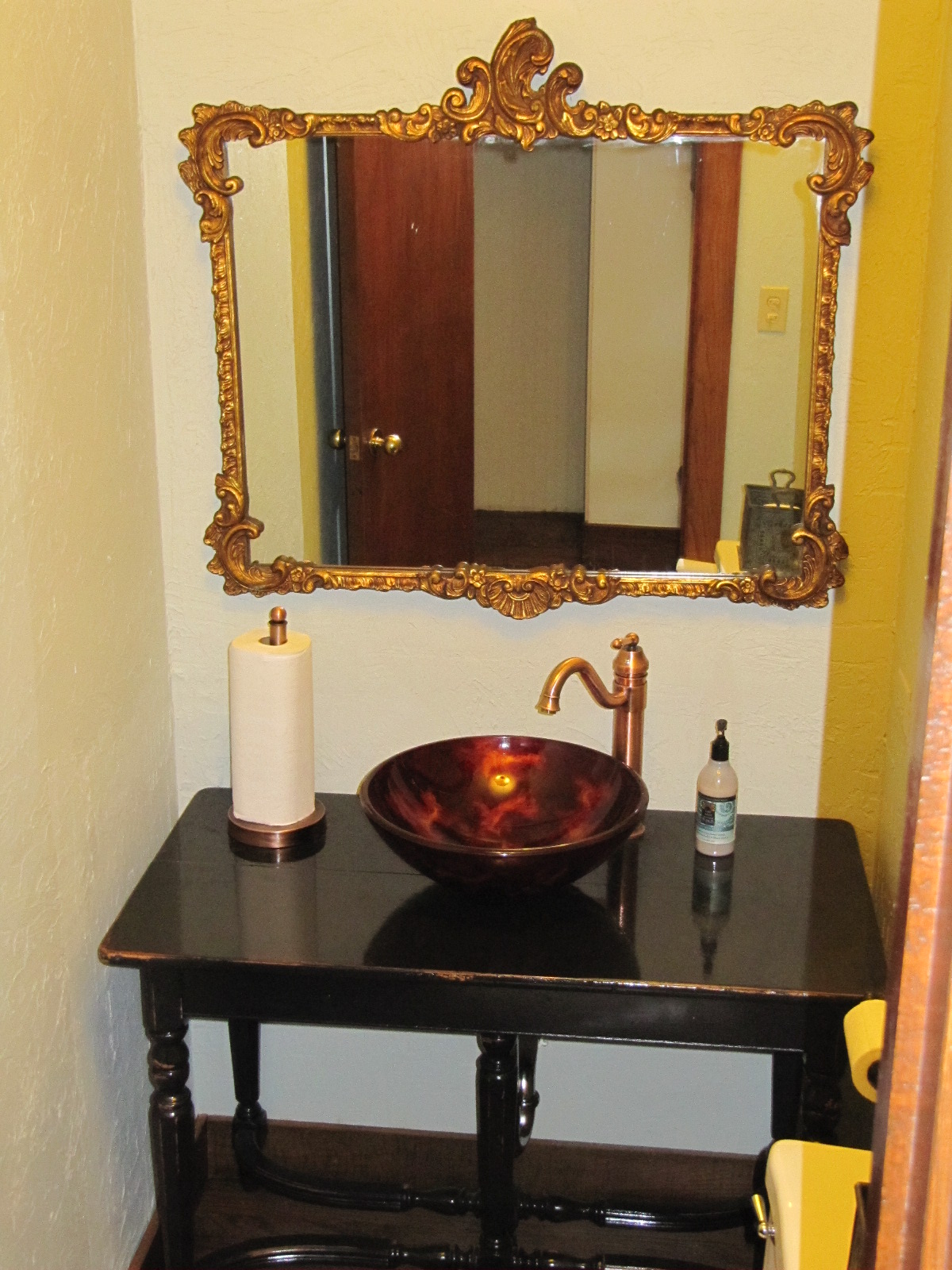On my way home from the office I dashed into the drugstore for what I thought would be a quick in-and-out. Au contraire. Six people waited in line of me, while one lone clerk worked at the register.
I briefly considered turning around and going right back out again. But I became fascinated watching this solitary clerk handle this stressful situation.
He cheerfully a pologized to those of us waiting, at the same time he completed a complicated transaction at the register. As he rang up each customer, he greeted every new person who came in with a warm “Welcome!” and told each person who left, “Have a great evening!”
pologized to those of us waiting, at the same time he completed a complicated transaction at the register. As he rang up each customer, he greeted every new person who came in with a warm “Welcome!” and told each person who left, “Have a great evening!”
Two young men came in carrying backpacks and without missing a beat he welcomed them and told them they would have to leave their backpacks at the front counter. He worked quickly, with a cheerful smile, and looked directly at those of us in line.
He was a one-man band of great customer service!
He was alone in a stressful situation. He could have easily shrugged and said to himself, “What do I care if a few customers come in without a welcome? They’ll never know the difference. Why should I care if a few items are shoplifted? My manager should have made sure I didn’t have to be here alone!”
Instead he single-handedly carried out several roles at once andndash; greeter, cashier, customer service clerk, and security guard andndash; all with a genuine smile.
As I left the store, I knew several of my clients would love to have him work for them!
The most common complaint I hear from women business owners is that employees don’t show the initiative or the enthusiasm this man showed.
They act like they don’t care.
So how do we get employees that work with the kind of spirit the drug store clerk has?
1) Be clear about your expectations. Before you hire, make a list of your expectations for that position, in addition to the responsibilities. Be completely honest with yourself. One position may need someone who is fun-loving, flexible, cheerful, and creative. Another may require someone who is quiet, likes to work alone, gets every detail right. Be clear about what you need.
2) Interview carefully. Don’t reveal so much about the position that the candidate thinks they know the “right” answer. Ask questions that draw out the candidate’s true behavior and attitude. Instead of asking, “Are you good at customer service?” ask, “Tell me about a time when you had customers waiting. What was that like for you?” Instead of asking, “We’re busy around here–do you like to be busy?” ask, “Tell me about your perfect work environment.” Keep probing until you get more than a vague answer, like, “I’m a people person.” Ask questions and let them reveal who they are. If you don’t hear the answers you need, don’t invent attributes for the candidate that they don’t have. My favorite life coach Mary Tucker says, “When people tell you who they are, believe them!.”
3) Don’t settle. Period. If you have nagging doubts, listen to yourself. Yes, it’s difficult to have a position unfilled. Yes, it’s time consuming to interview multiple candidates. But as my recruiter friend Chuck Smith says, “Never hire from a candidate pool of one.” Don’t adopt “stray cat” employees.
4) Be specific. If you expect employees to be cheerful under stress, to juggle multiple tasks, to give Ritz Carlton customer service, tell them what that looks like and sounds like. Instead of saying “Dress professionally,” tell them “No tank tops and no flip flops.” Instead of saying, “Give customers great service,” tell them “All customer calls are returned within two hours.”
5) Coach and correct as you go along. Don’t wait for a performance review to give feedback. As one of my clients said, “Have every crucial conversation within 24 hours.” Address problems is when you see them, not months later. Employees are either unable to do the job or unwilling to do the job. If they are unable, they might be teachable. If they are unwilling, move on.
6) Appreciate the behavior you want to see. One simple fact: people continue behavior that’s reinforced. Let your employees know when you see them doing the right thing. Appreciate their effort and say “thank you” or “good job” when they handle something well.
Employees can’t read our minds (thank goodness!) Don’t assume that your definition of “good service” is the same as theirs. If you want employees who care about your business, you have to be clear about our expectations and what that behavior looks like.
Here’s hoping all of your employees have the same spirit and work ethic as the drug store clerk!
 Even the optimistic optimists would agree it’s not a good situation.
Even the optimistic optimists would agree it’s not a good situation.
 be, based on your expertise, wisdom, knowledge and all the blood, sweat, and tears you have put into your business.
be, based on your expertise, wisdom, knowledge and all the blood, sweat, and tears you have put into your business. I knew it could be the perfect place for my office, but it definitely needed a facelift. The colors were dull, the kitchens and bathrooms were dated (I don’t even want to talk about the urinal in the upstairs bathroom), and the floors were worn. But I knew it could be transformed. (Some of us fall in love with “possibilities.”)
I knew it could be the perfect place for my office, but it definitely needed a facelift. The colors were dull, the kitchens and bathrooms were dated (I don’t even want to talk about the urinal in the upstairs bathroom), and the floors were worn. But I knew it could be transformed. (Some of us fall in love with “possibilities.”) It worked! If you saw this table-turned-bathroom-vanity today, tucked firmly in its place with its vessel sink and ornate mirror, you would never know what happened.
It worked! If you saw this table-turned-bathroom-vanity today, tucked firmly in its place with its vessel sink and ornate mirror, you would never know what happened. now runs a business with a work force that’s 85% female. Their teamwork has allowed them to be successful through both up & down markets. When the workload is heavy, they all rise to the occasion. They have an incredible retention rate; many employees have worked there over 20 years and many have relatives or friends who work together. They are seen as leaders in their industry. And their entire leadership team is not only female, they are related!
now runs a business with a work force that’s 85% female. Their teamwork has allowed them to be successful through both up & down markets. When the workload is heavy, they all rise to the occasion. They have an incredible retention rate; many employees have worked there over 20 years and many have relatives or friends who work together. They are seen as leaders in their industry. And their entire leadership team is not only female, they are related!